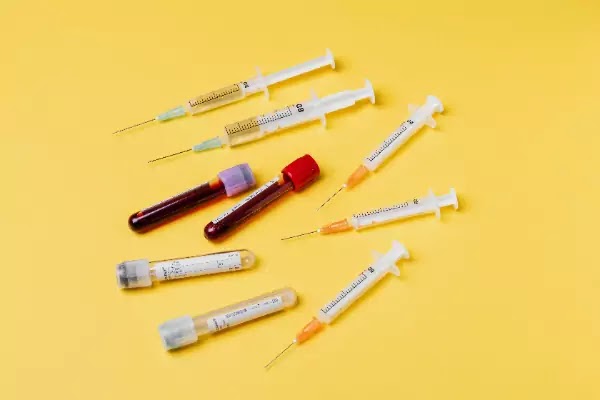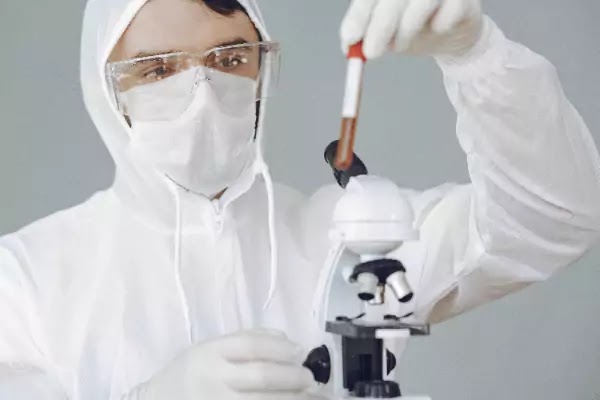Postmortem Examination (Sample Collection)
Sample Collection Preservation in Postmortem Examination – Whenever confirmation of poisoning/intoxication is required, appropriate material should be sent to the Chemical Examiner Laboratory of the tagged area.
From the dead body following specimens of viscera/organs/body fluids should be collected in routine:-
I- Stomach with contents.
II- Intestine with contents (2-3 feet piece).
III- Liver 500gm.
IV- Spleen whole.
V- Kidneys whole (one).
VI- Blood 30-50CC (from the periphery),
VII- Bile or whole of Gall bladder may be taken.
VIII- Urine if available.
Report writing in Postmortem Examination & cause of Death
Sample Collection Preservation in Postmortem Examination
The preservative used for solid organs/viscera should be saturated in a solution of Sodium Chloride.
Specific specimens may have to be sent in certainly suspected poisons. A few examples are given below:-
Snake Bite:
a) Blood 5- 10cc from a peripheral vein.
b) Tissue (skin, subcutaneous tissue, and muscles) from the area bitten.
No preservative is to be added, specimens should be packed in ice.
Strychnine:
a) Myocardium
b) Spinal cord.
Insecticide:
a) Adipose tissue
b) Brain.
Barbiturates: Brain
Cyanide: Lungs
Corrosives:
a) Clothes
b) Washing of skin from the corroded area.
The specimens should be packed in wide-mouthed glass bottles of appropriate size 1/4 to 1/3 of the bottle should be left empty after adding the preservative. The lid of the bottle should be fitting tightly. The bottles should be chemically clean.
The specimen should be labeled and sealed properly. The label should bear the name and father’s name of the person; report No. date, station, name of specimen, along with the signature and stamp of Examining Doctor.
All the bottles should be packed together in a wooden/tin box, securing it with stout cloth sealing properly in such a manner that tampering with specimens cannot be done.
Separate boxes should be used for specimens from each case. Specimens from no two persons should be packed in one box.
A list of specimens/articles contained in each box should be kept in the respective box.
The envelope accompanying the specimens should contain the forwarding letter, police report/copy of FIR, Medico-legal report / Postmortem report, treatment notes & specimen seal,
Specimens are sent to the Chief Chemical Examiner through Police.
Specimens collected should be packed and sealed in the presence of the forwarding officer as soon as possible after collection.
The specimens collected for serological examination are to be sent to the Serologist to the Government of Punjab by the Chemical Examiner and not by the Examining Medical officer.
Preservation.
Can be done by two methods:
Physical Methods:
l) Desiccation i.e. dehydration.
2) Freezing.
Chemical Methods:
Different preservatives are used by the Examining Doctors depending upon the nature of the examinations of the specimen.
In histopathological examination, we need preservation and hardening of the material.
In the chemical examination, we need only preservation.
In the serological examination, we need anti-coagulant activity.
The normally used preservatives are as follows:-
For chemical analysis, a preservative used is hyper-saturated saline and it acts by desiccation.
For blood analysis, a preservative used is Sodium Fluoride.
For Histopathological examination, preservatives used are as follows:-
10% Normal Saline, 95% alcohol.
For serology, preservatives used are anticoagulants, calcium oxalate, heparin, sodium thiazide, and sodium fluoride.







